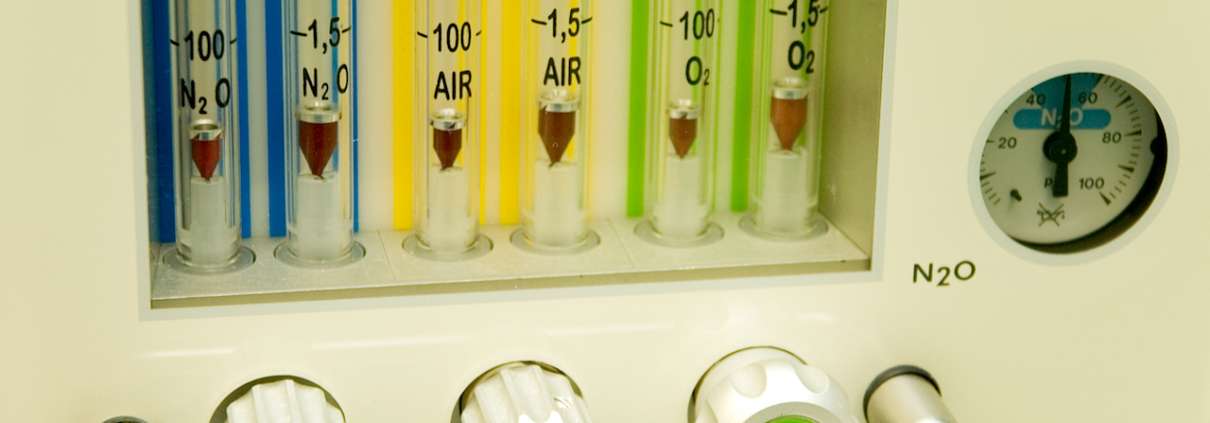What Is The Purpose of Exposure Monitoring via Air Sampling?
The air in hospitals and healthcare settings can contain numerous potentially hazardous substances.
Hazardous Substances in Hospitals and Healthcare
Common hazardous substances found in hospitals might include:
- Isoflurane
- Sevoflurane
- Chlorine
- Penthrox and Entonox
- VOCs
- Ethanol
- Nitrous oxide
- Inhalable and respirable dust
Short-term exposure to these substances can cause a range of symptoms, including dizziness, nausea, headaches, tightness of chest, and breathing difficulties. Long-term exposure can result in more serious health conditions, including chronic respiratory problems, and even some cancers.
What is the Purpose of Exposure Monitoring via Air Sampling?
Exposure monitoring via air sampling ensures that hospitals and healthcare settings fulfil their COSHH obligations wherever staff are exposed to hazardous substances.
Control of Substances Hazardous to Health (COSHH) is a UK law requiring employers to prevent or reduce workers’ exposure to certain hazardous substances. The law regulates workplace exposure limits (WELs) for numerous substance.
The problem is that most of these substances are colourless and odourless. Staff and patients may get exposed to harmful quantities without even realising it. This also makes leaks harder to detect, which means staff and patients may inhale harmful substances for days, weeks, or months before anyone realises there’s a problem.
Plus, in certain healthcare settings, there may be consistently low levels of these substances in the atmosphere. Staff may experience a feeling of discomfort without quite recognising that something’s wrong. But over the long-term, their exposure to these substances may result in some serious health conditions.
Air Sampling vs. Air Monitoring
Air sampling and air monitoring are two techniques that air quality consultants might use to test staff’s exposure to hazardous substances.
What is Air Sampling?
The air quality consultant takes a sample of the air in an environment. This provides a snapshot of the air quality as it was at that time. Air quality consultants will likely take samples from numerous locations around a healthcare facility so as to identify any high-risk areas.
What is Air Monitoring?
This is a slower process that takes place over a longer period of time. Air monitoring provides insights into how the air quality in an environment changes over time, which can help air quality consultants determine the root causes of contamination events.
For more information, you can read our essential introduction to how the air quality monitoring process works.
Specialist Workplace Exposure Monitoring Services
We offer specialist workplace exposure monitoring for hospitals and other healthcare settings. We’ll help you ensure you fulfil your COSHH obligations wherever your staff are exposed to hazardous substances.
Our air quality consultants employ both continuous monitoring and personal sampling techniques. With this approach, we can demonstrate how levels in the workplace atmosphere vary over the monitoring period. We’ll then prepare a comprehensive report, including detailed discussions and actionable recommendations based on our findings.
We have extensive experience in working closely yet unobtrusively with:
- Operating theatre departments
- Endoscopy suites, and endoscope decontamination units
- Pathology laboratories
- Dental suites
- Maternity departments
- Fracture clinics and orthotic laboratories
- Radiology departments
We can also monitor for traffic pollution in public areas of your hospital, including your wards and waiting rooms.
Want to learn more about our workplace exposure monitoring services? Talk to one of our air quality experts today, or get in touch for a free quote.



